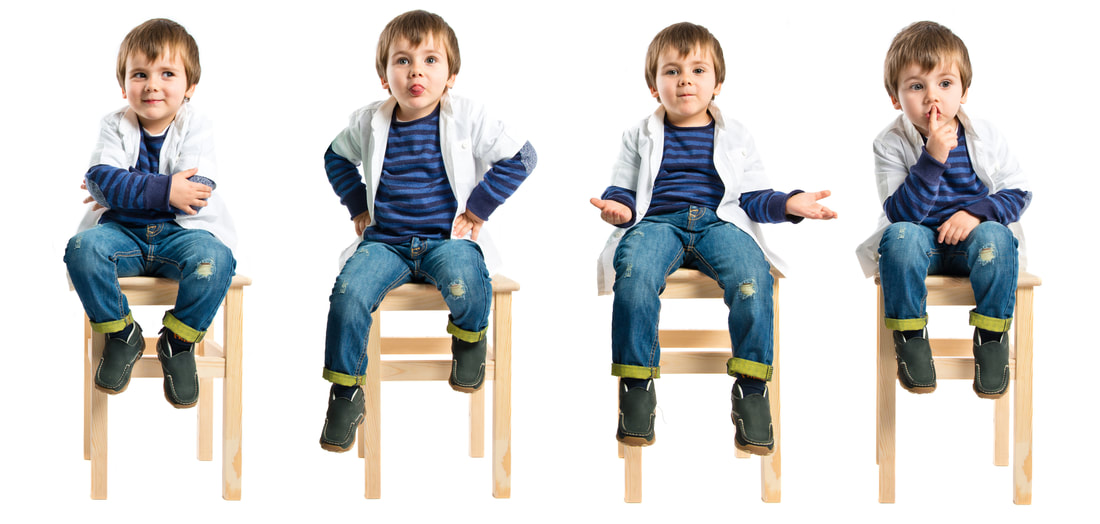Direct and Indirect Guidance Techniques |
Page 14 |
The goal of positive guidance is to develop children’s self-control, encourage children to assume responsibility, and assist children in making thoughtful decisions. This section will provide basic guidance techniques to prevent inappropriate behaviors and correct misbehavior. Taking a look at the reasons children engage in misbehavior/mistaken behavior will provide you with a better understanding of young children. An introduction to basic guidance techniques that include both indirect and direct guidance techniques will provide you with strategies and tools to use in preventing, resolving, and correcting behaviors. Indirect guidance refers to strategies that are used in establishing a positive classroom environment including room arrangement, consistent routines, class rules, and developmental activities.
A positive classroom environment meets the needs of the children and provides a foundation for building positive relationships between the child, the teacher, and other children. Direct guidance includes techniques that build on a positive classroom environment by focusing on the individual child, setting realistic expectations, and recognizing appropriate behaviors. Direct guidance techniques include verbal guidance, natural consequences, redirection, and problem solving.
Optional Resources for Further Study
- Acknowledging Children’s Positive Behaviors, Vanderbilt Kennedy Center, Vanderbilt University. kc.vanderbilt.edu
- Helping Children Make Transitions Between Activities, Center on the Social and Emotional Foundations for Early Learning
- Resources: Practical Strategies for Teachers/Caregivers, Center on the Social and Emotional Foundations for Early Learning
Course Navigation Menu
|
|




